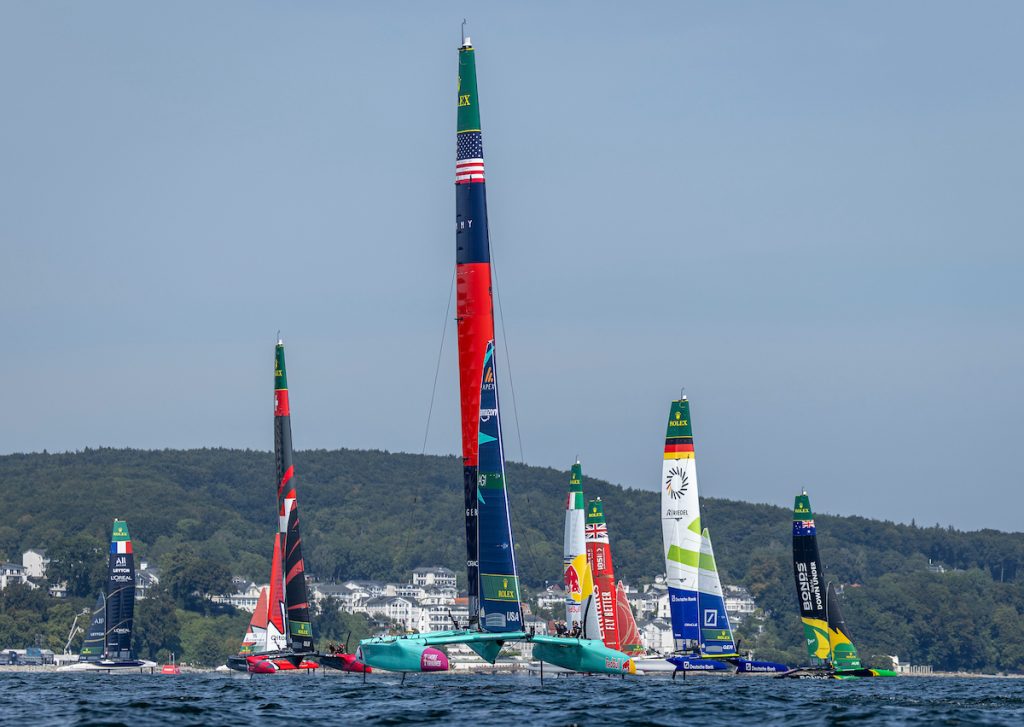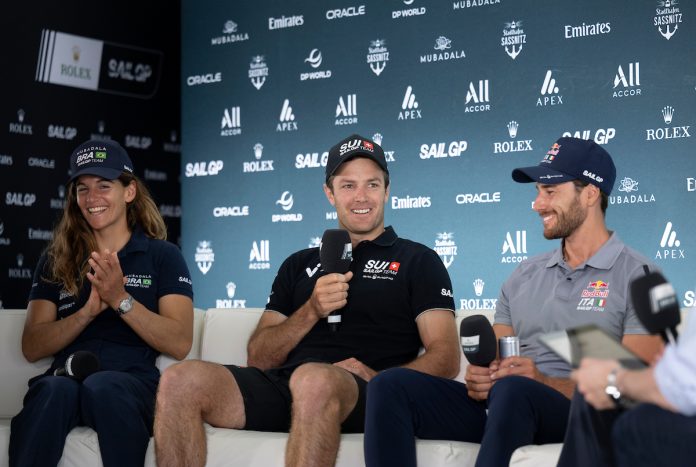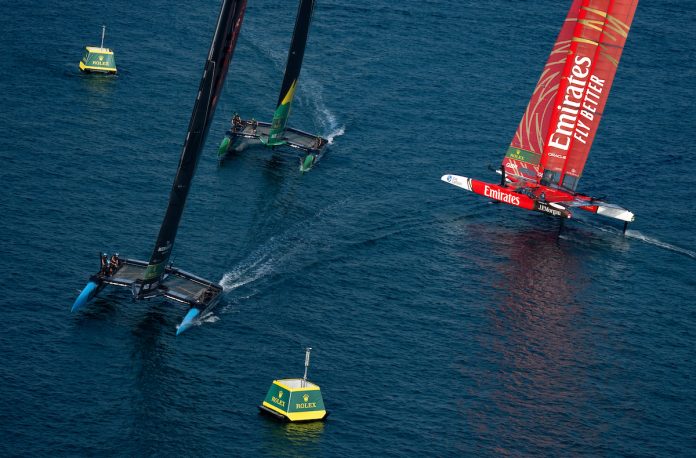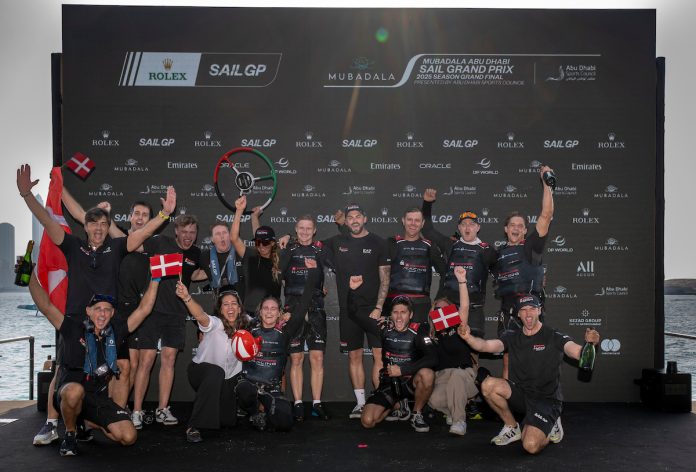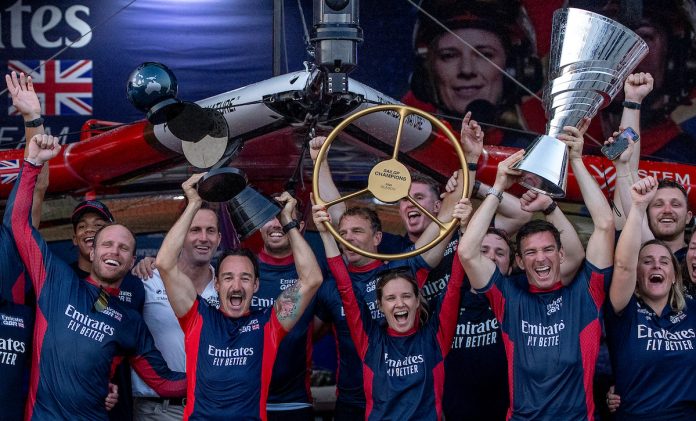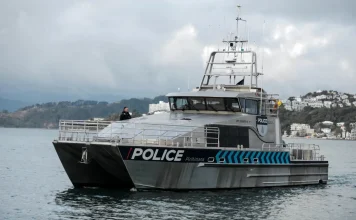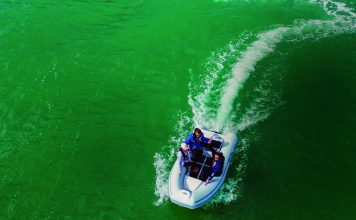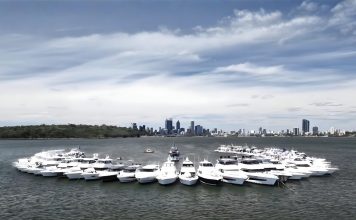Germany’s first taste of SailGP
Sassnitz, perched on Germany’s Baltic coast, is about to see something entirely new. For the first time, SailGP has brought its foiling F50 catamarans to German waters, and the response has been emphatic — Saturday is sold out, with just a handful of Sunday tickets still available. Over 13,000 fans are expected to watch the racing from grandstands built along the town’s long breakwater, with chalk cliffs and forest as a backdrop.
Germany’s driver, double Olympic medallist Erik Heil, called the debut “an honour” and praised the venue’s natural amphitheatre. “You’re very close to the racing, so you can expect exciting racing, exciting boats and you’re in the action,” he told the media. The wind forecast is promising too, raising hopes of flat-out racing at speeds up to 100 km/h.
Burling’s Kiwis carry momentum
Fresh from victory in Portsmouth, Peter Burling and the New Zealand SailGP Team have arrived in Sassnitz with confidence — but no illusions about the work ahead. Burling spoke about the importance of building consistency with the new T-foils and the crew’s coordination with flight controller Leo Takahashi, who stepped into the role at the start of the season.
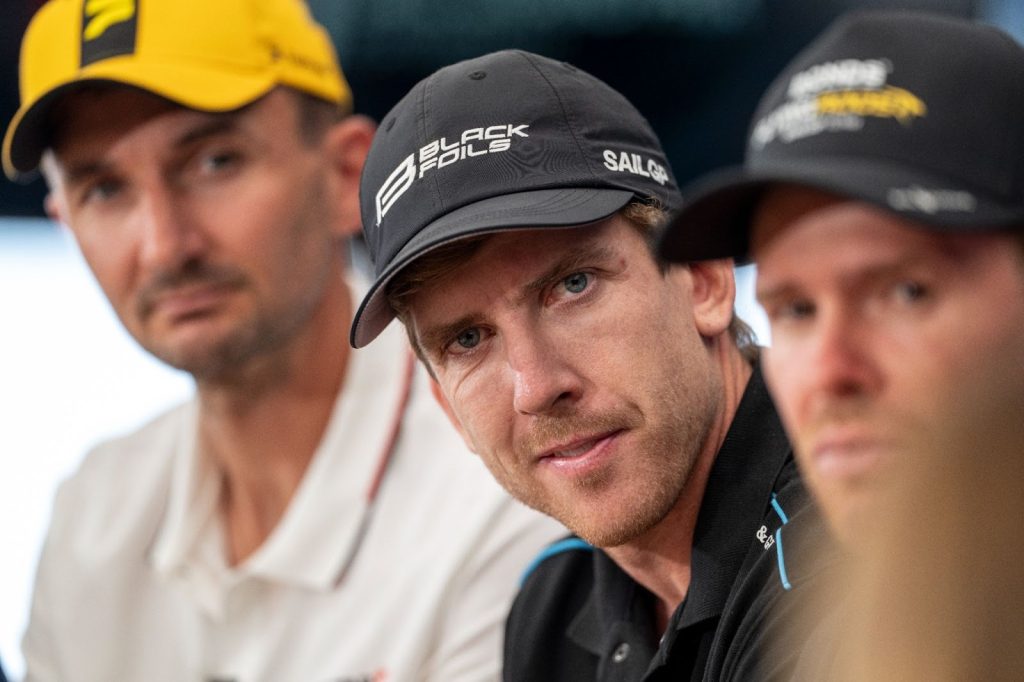
“I don’t think we’re anywhere near the end of the learning curve,” Burling said. “Getting that muscle memory, that understanding between the group, is growing all the time. We’re excited to carry that momentum through the rest of the European block.”
Burling also dismissed the idea of a “two-speed league”, pointing to Switzerland’s breakthrough in Portsmouth as proof that any team can make a final on the right day. “The competition for the top four now is super tight… to win the championship you’ve got to make the final and then win the last race.”
Rules under the microscope
The fallout from Portsmouth still hung over the press conference, particularly Australia’s controversial penalty that derailed their podium hopes. Tom Slingsby called the decision “baffling” and pressed for more consistency from race umpires. “Whatever the rules are, we’ll play by them. It’s just hard when the rules seem to change a bit,” he said.
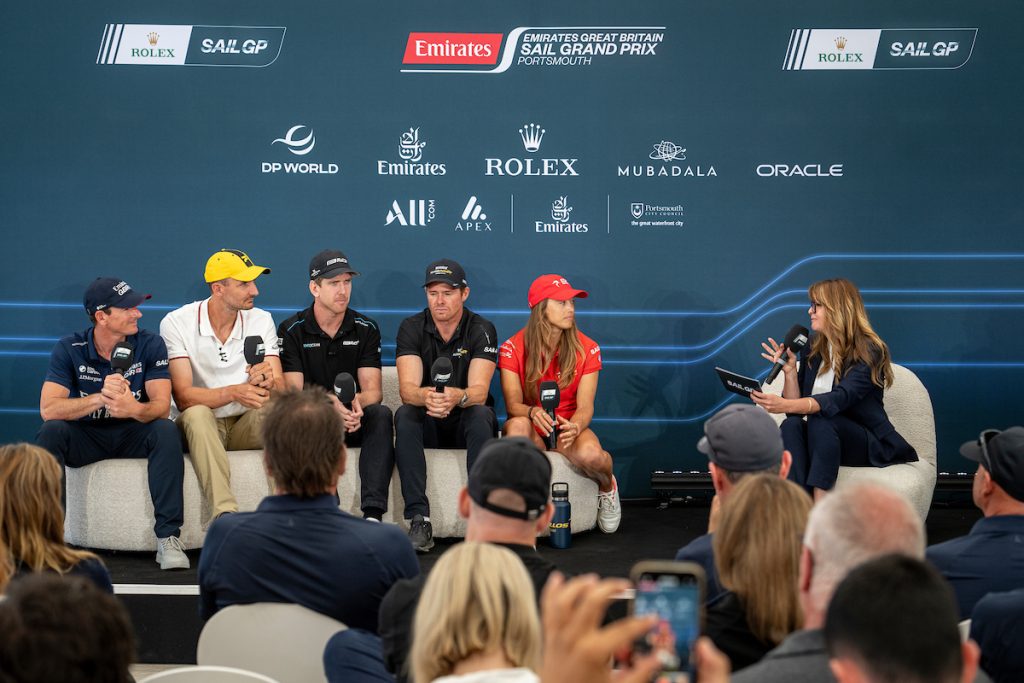
The incident sparked a chain of disagreements, with Denmark, Great Britain and Canada all offering their own takes. The consensus? Crowded courses and increasing fleet size have made umpire calls more complex — and more contested.
Grael’s Brazilian breakthrough
For Martine Grael, Sassnitz is another step in a season of milestones. Brazil’s first race win came in New York, a breakthrough moment for both the team and South American sailing.
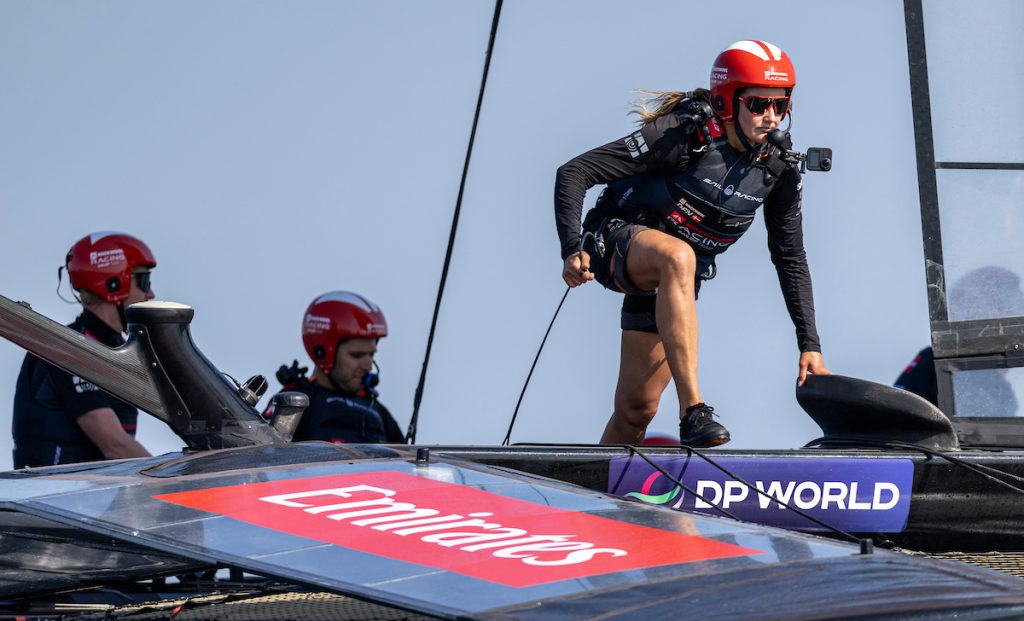
“It was huge to break that milestone,” Grael said. “But what we all want to see is good average results, not just peaking there and back. We’re taking every hour here in Sassnitz to get better.”
Grael noted that Brazil’s presence in SailGP is significant beyond the waterline. “We’ve historically been shy on these very big races… so I think participating in such a big event is huge for Brazilian sailing and for female sailing worldwide.”
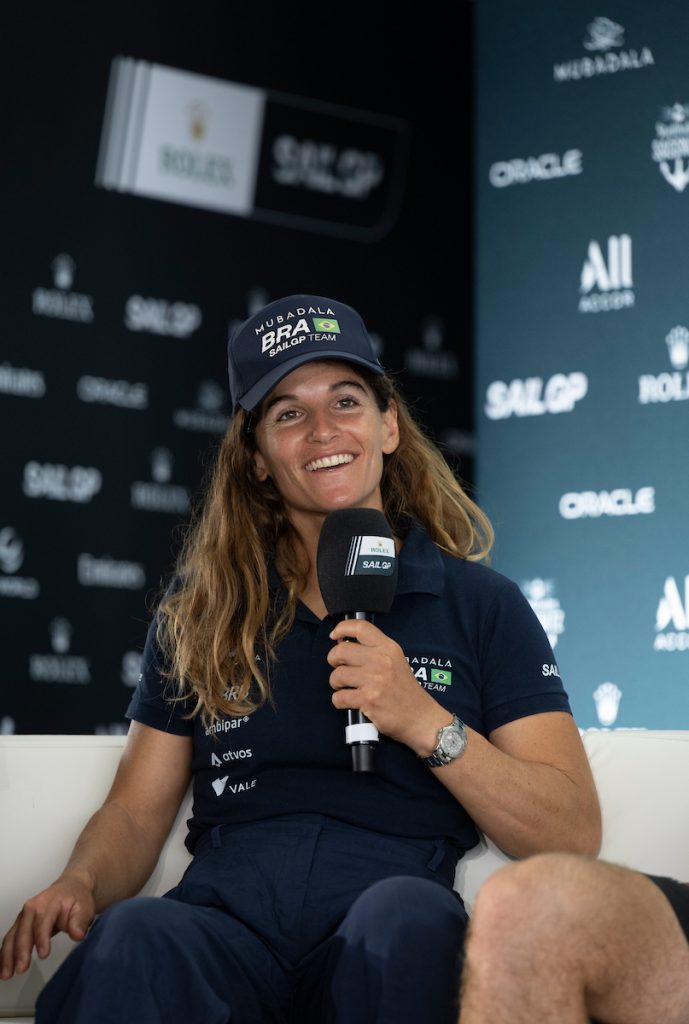
Chasing progress
Elsewhere in the fleet, there’s a mix of ambition and frustration. France’s Quentin Delapierre remains focused after another technical setback in Portsmouth. Switzerland’s Sebastian Schneider is riding high after his team’s first final — celebrated alongside his wedding — while Red Bull Italy’s Ruggiero Tita described the season as a “learning process” with more to come.
All eyes on Sassnitz
With the championship table tightening, every point in Sassnitz matters. The German fans will be hoping their home team can channel the crowd’s energy into a first podium. For Burling’s Black Foils, it’s about maintaining a winning rhythm. And for Grael’s Brazilians, it’s a chance to turn a historic first into a pattern of success.
As Heil put it, “It’s always close… there’s always a chance, and we hope we can make it here.” In a season defined by fine margins, Sassnitz’s debut might just deliver another chapter of SailGP drama.
